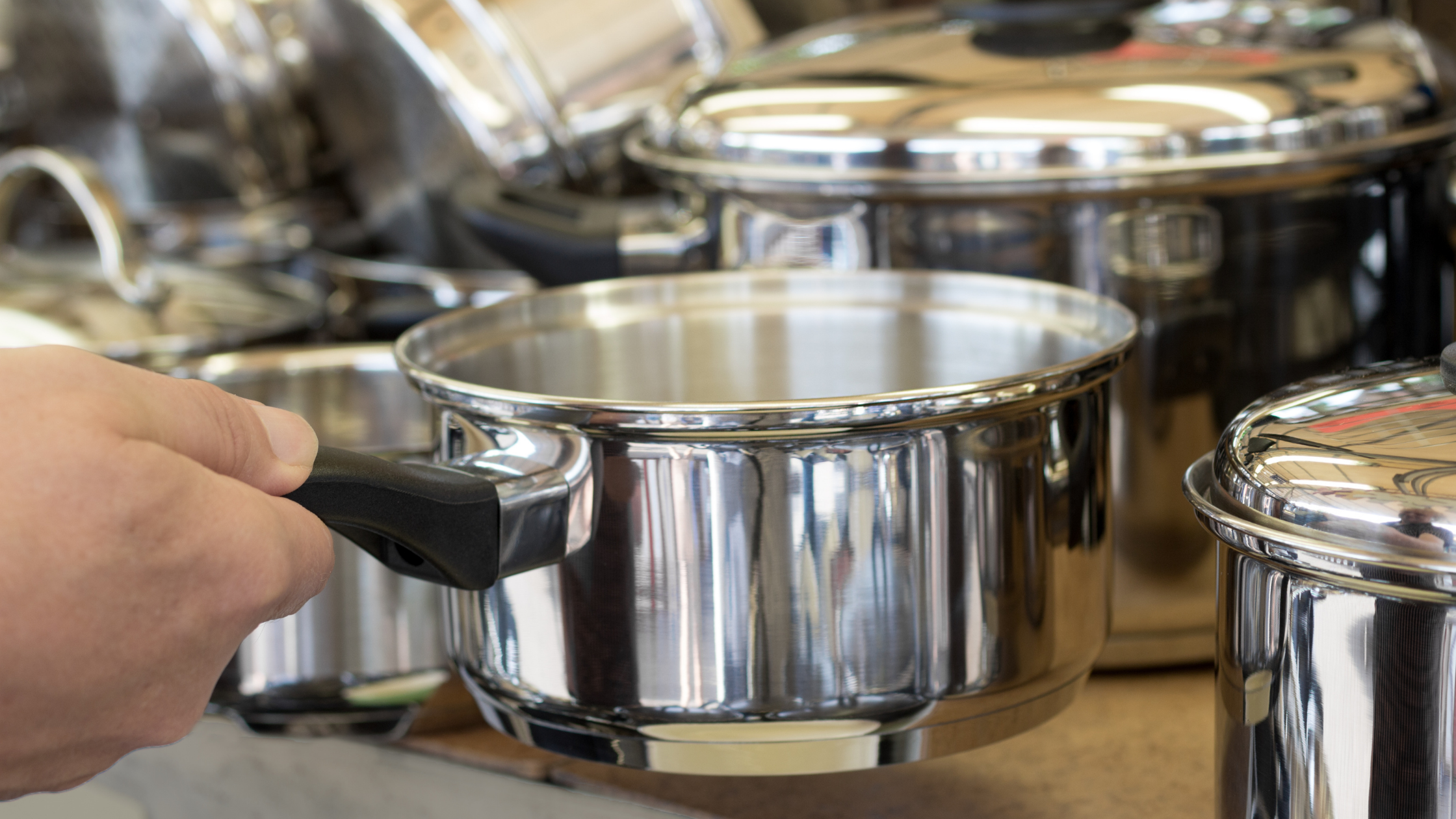Anyone else start researching “safe cookware” only to be led down a rabbit hole of “safe, eco, or green” claims and end up thoroughly confused? Similar to personal care products, cookware is one of the most greenwashed categories out there!
Hopefully what I’ve learned in this category can help
Similar to BPA-free claims, you’ll see “PFOA-free” claims ALL over the Marketing for cookware. Unfortunately companies DO NOT have to disclose what comprises their coatings and many have just resorted to using lesser known relatives of PFOA that are yep, you guessed it, just as harmful. So, it’s best to avoid all non-stick cookware and be wary of their “safe, PFOA-free” claims. There are really no safe “non-stick” chemicals.
What about Ceramic?
Now let’s talk ceramic. This is one of the most-popular alternatives to non-stick coatings and I’m still a fan of my Green pans. BUT, I’ve learned that not all ceramic coatings are created equal and if companies are not transparent about what comprises that ceramic coating, I’d move along.
In my opinion, Green pan has been transparent enough about their Thermalon sand-based coating that I’ll still recommend them for their safety and affordability. Only drawback is durability. My Green pans last about 4-5 years and that’s if I take really good care of the coating (no harsh abrasives, lower temps, no olive oil, etc).
Other cookware options to try and avoid:
Aluminum – if aluminum is coming in contact with your food, there is the potential for migration into foods, especially when cooking fatty, spicy, or acidic foods. If your cookware has an aluminum core but its not in direct contact, that should be fine.
Clay – some clay pots can be glazed in heavy metals like lead so best to avoid unless you know exactly what it consists of.
So what are the safest options for cookware?
Enameled cookware – (think Le Creuset although there are much cheaper options that perform as well like Lodge)
Cast Iron – the original non-stick – must maintain seasoning and avoid acidic foods
Carbon steel – lighter alternative to cast iron – also requires seasoning and avoidance of acidic foods
Stainless steel – considered totally safe unless you have heavy metal concerns as there can be a very small amount of leaching
Tempered glass – one of the safest forms of cookware out there
What about bakeware?
I’ve always wondered, if I keep foods from touching them (with baking cups and parchment paper), does it matter if my bakeware is non-stick? Well, I’ve learned that it does. At higher temps, these non-stick materials can still off-gas, potentially exposing you to harmful chemicals.
Safer bake-ware options are:
Stainless steel
Glass
Stonewear
Enamelware
There’s so much in this category, it’s hard to cover it all in one post but helping clients choose safer cookware is something I include in my Healthy Home consulting package. To find out more, click HERE. I also have all my favorite cookware and bakeware options in my SHOP page HERE.








0 Comments